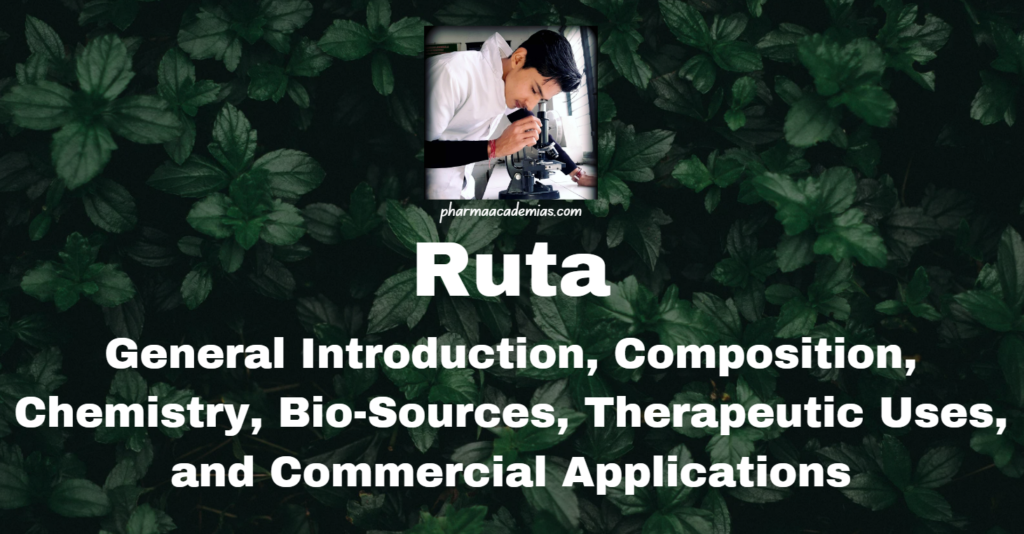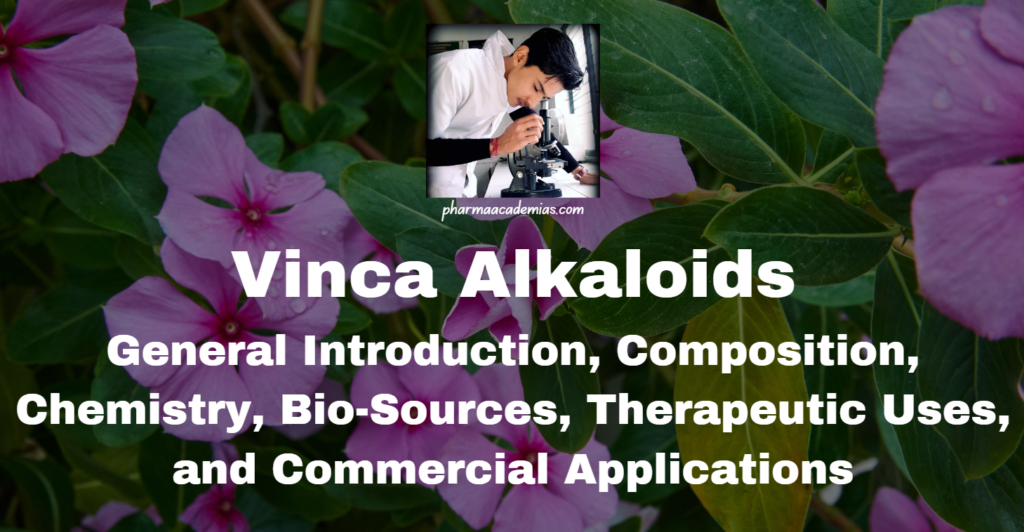General Introduction Ruta, commonly known as Rue, refers to a group of perennial herbs belonging to the genus Ruta, with Ruta graveolens (commonly called common rue or herb of grace) being the most widely known and utilized species. Native to the Mediterranean region, Ruta has been cultivated for centuries for its aromatic leaves, which have […]
Day: September 17, 2024
General Introduction Tea is one of the most widely consumed beverages in the world, second only to water. It is derived from the leaves of the plant Camellia sinensis, an evergreen shrub native to East Asia. The history of tea dates back over 5,000 years, with its origins in China, where it was initially used […]
General Introduction Lignans are a diverse group of natural polyphenolic compounds found primarily in plants. They are a subgroup of non-flavonoid polyphenols, derived from the oxidative coupling of two phenylpropanoid units (C6-C3). Lignans are biosynthesized from phenylalanine through the shikimic acid pathway. They are structurally characterized by a 2,3-dibenzylbutane skeleton, forming a unique class of […]
Definition of Phenylpropanoids: Phenylpropanoids are a large class of plant secondary metabolites derived from the amino acid phenylalanine through the phenylpropanoid pathway. These compounds are characterized by a basic structure of a C6-C3 skeleton, which consists of a benzene ring (C6) linked to a three-carbon propene chain (C3). Phenylpropanoids are diverse in structure and function, […]
General Introduction Opium is a complex, resinous substance derived from the dried latex of the opium poppy (Papaver somniferum), a plant native to the Mediterranean region. It has been used for thousands of years for its psychoactive and analgesic properties. The plant is cultivated worldwide for its valuable alkaloids, which have significant medical and recreational […]
General Introduction Belladonna (Atropa belladonna), also known as deadly nightshade, is a perennial herbaceous plant belonging to the Solanaceae family. It is renowned for its toxic properties and medicinal uses due to its content of tropane alkaloids. Historically, belladonna has been used in various cultures for its pharmacological effects, including its ability to dilate the […]
General Introduction Rauwolfia is a genus of flowering plants in the family Apocynaceae. The most prominent species, Rauwolfia serpentina, commonly known as Indian snakeroot, serpentine root, or Sarpagandha, has been used in traditional medicine for centuries. The genus is renowned for its medicinal alkaloids, particularly reserpine, which has played a significant role in the development […]
Definition of Alkaloids Alkaloids are a diverse group of naturally occurring organic compounds that primarily contain basic nitrogen atoms. They are typically derived from plant and animal sources and have significant pharmacological effects on humans and other animals. Alkaloids are known for their wide range of biological activities and are often used in medicine, agriculture, […]
Clean Area Classification
Clean area classification is a system used to categorize environments based on the level of cleanliness required for specific activities or processes. It is a critical aspect of industries such as pharmaceuticals, biotechnology, electronics manufacturing, and healthcare, where the presence of contaminants can have significant consequences on product quality and safety. The classification standards are […]









